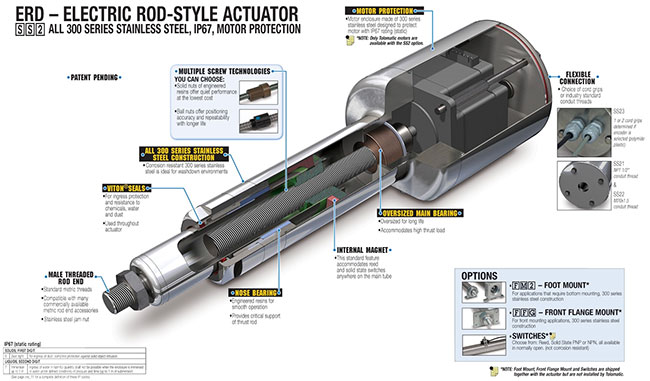The automation with linear actuators is the term that is used to describe a range of products that are used in automation. Linear actuator is a term that is used to describe the mechanical devices that convert energy to create a linear motion. This is contrasted with the circular motion that is experienced in electric motors.
The linear motion actuators are also used in some instances to apply force to various equipment. The motion associated with linear actuators includes the clamping, ejecting, descending, pushing or pulling. This paper will highlight all the aspects that we need to know about the automation with the linear actuators.
The various categories of linear actuators look and function differently. The basic design of the principle that is used in operation of the linear actuators is that of the inclined planes. The threads of the lead screw act as continuous ramps that allow the small force of rotation to be used over long distances. This accomplishes the movement of large loads over short distances.
The principle of linear actuators is applied across the automation of the various industrial processes and machinery, computer peripherals and machine tools, as well as home automation. They are used in various applications in hand with the valves, dampers, pumps, switches, as well as in areas where linear motion is required. The linear actuators have also been applied in the diagnostics and medical imaging, construction, farming, solar, among other areas.
In conclusion, linear actuators are the mechanical devices that are used to convert mechanical energy to create a linear motion. Application of linear actuators cuts across various fields.
What you should know about automation with linear actuators,




